Want More?
Sign Up for updates straight to your inbox! Woohoo!
Released in 1975 the movie Jaws was a box office smash hit. Unfortunately, because there was still not a lot known about sharks at the time this lead most people into thinking sharks are man-eaters. Thanks to media and the movie’s popularity, it’s a myth that carries on to this very day.
After seeing what a negative impact it had on shark perceptions, author of the book Peter Benchley stated: “After knowing what I know now, I could never write that book today”. He then also went on to spend much of his life campaigning for the protection of sharks.
Disclosure: Some of the links in this post are affiliate links. This means if you go through them to make a purchase we will earn a commission. Our aim is to help our readers through these links so everything we promote will be high quality products we personally believe in.
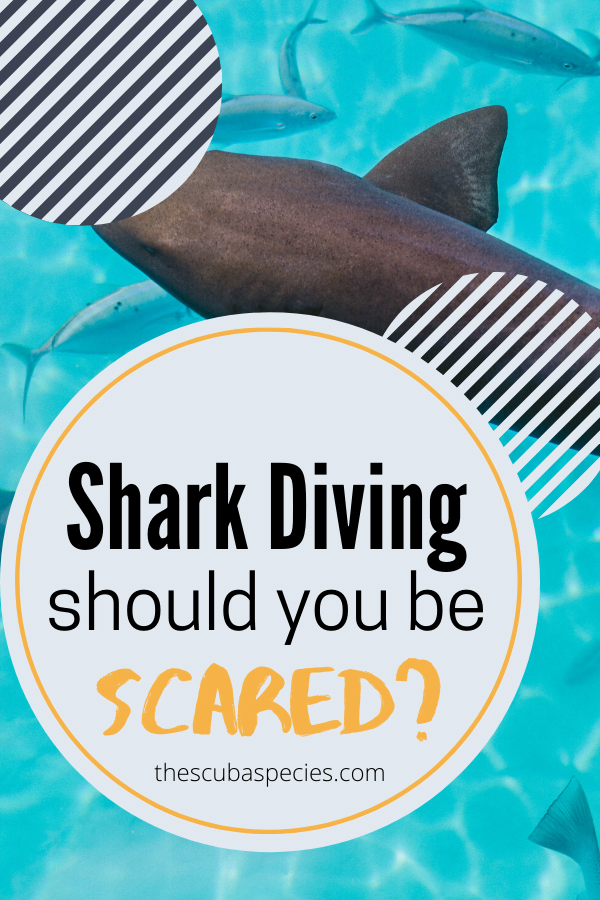
However, the knock-on effect this had was huge. Now the idea was it’s us against them, sport fishing became incredibly popular. Biologist Dr Julia Baum suggests that between 1986 the population decline was at 89% for hammerheads, 79% for great whites and 65% for tiger sharks.
It also brought about a big drop in the number of people going to the beach and of course diving.

One good thing did come about because of the movie. As there was greater interest in sharks people were now starting to study them more. It’s for this reason that we know the risk of harm from a shark encounter is actually statistically tiny.
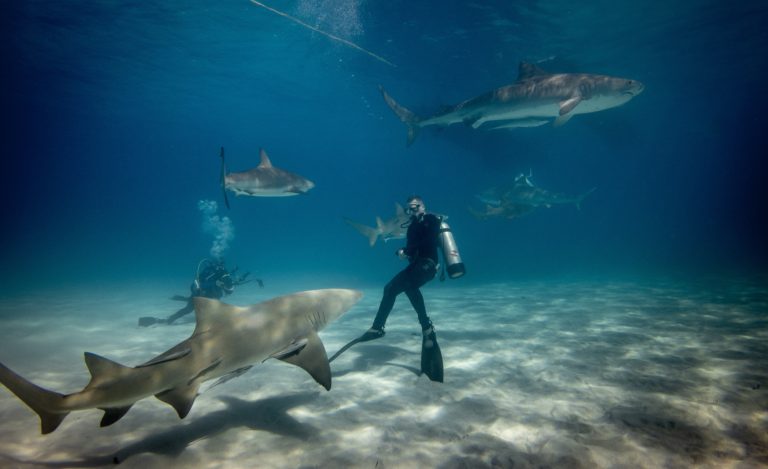
‘Will it bite me’ is a common question for most dive professionals and Marine Biologists when it comes to shark diving. It’s our job to tell you no!
Sharks have been around for millions of years and are the apex predators (top) of their food chain. They have got there because they are formidable predators and there are certainly a few incredible features that ensure this.
Sadly media often use this as a scare tactic. In fact, one of the best ways to safely shark dive is by educating yourself on shark behavior. Once you understand why and how they hunt you may even be left a little in awe.
We are not tasty! There are about 10 people a year who die from shark attacks and the majority result from trauma/blood loss.
It is believed attacks occur when humans are mistaken for prey in their own food chain. It is even easier to see why when we dress up in black neoprene and with long fins on our feet. You would almost think it’s our intention to trick them.
Often after the first exploratory bite, sharks don’t come back for more. Unfortunately for them, their bite is enough to cause some serious damage which is where they get their bad reputation.
Sharks identifying us as prey is also a generalisation for species like Great White, Tiger and Bull Sharks. Some of the largest sharks in the ocean are filter feeders which is what allows them to grow so big.
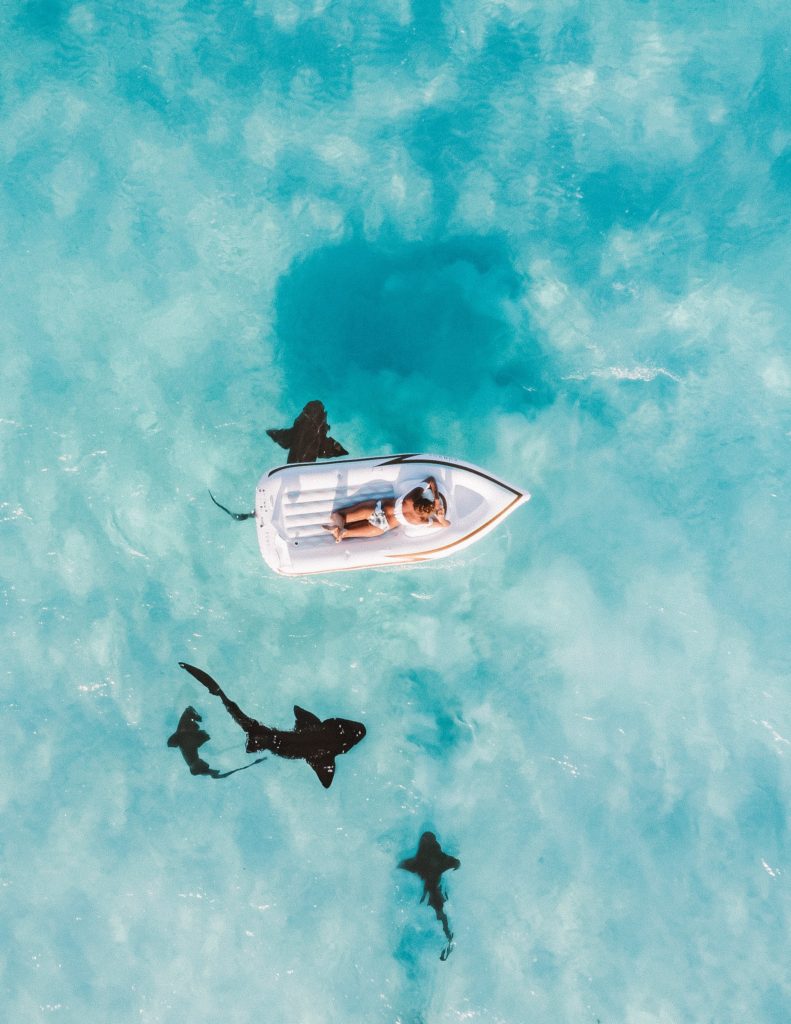
The most commonly known fact about sharks is they can smell a drop of blood in the ocean from miles away. Yes they do have some amazing senses but this myth leaves out some important facts.
As most evidence suggests it is fish blood and gastric juices sharks are attracted too. It makes sense as this is a sign of injury or distress in their intended prey.
So if you are a woman and worried about diving on your period don’t be! In fact check out the ways you can make diving on your period so much easier.
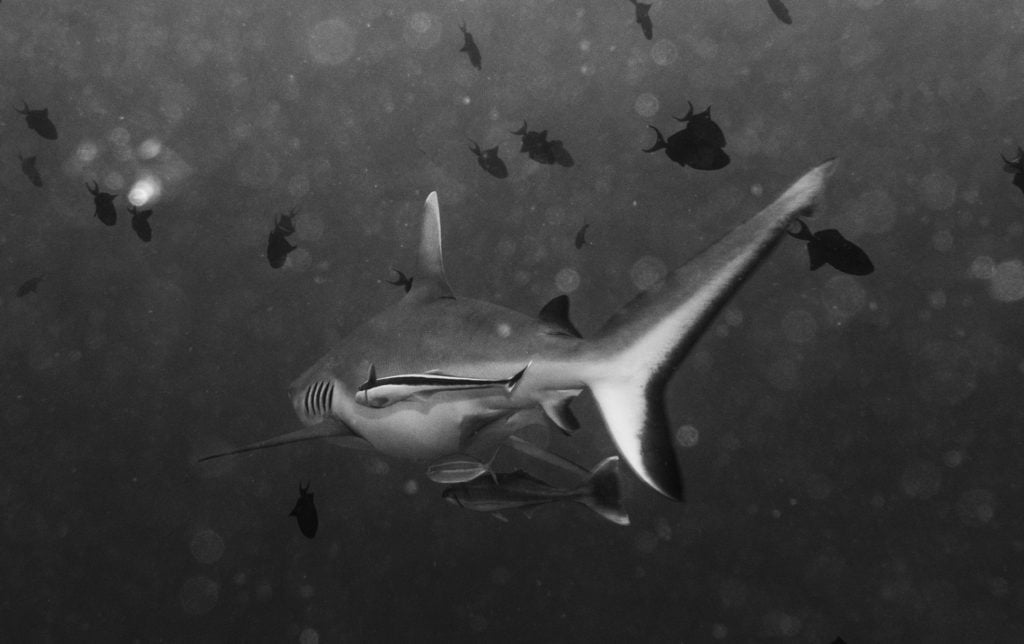
Sharks, like any creature in the ecosystem, are just trying to survive. To do this they need to eat.
As divers we can make both of our lives a little easier and keep out of the water when we know sharks are going to be hunting. This is usually early morning or late at night.
Visibility at these times is also poor so the sharks will be relying on their other senses and their chance for mistaking us as prey is greater. Hanging around in murky shallow water can have the same effect. This is a prime hunting ground for the most aggressive species (bull, tiger and great white).
Sharks have pressure-sensitive pores which means they can sense slight changes in water movement. They also have sophisticated electroreceptors that help them locate the electrical field thrown off by living creatures.
It is also a reason why we also shouldn’t move in a fast/potentially distressed manner as it is thought this is another thing that will attract them. For this reason, you should also try to limit your time at the surface of the water.
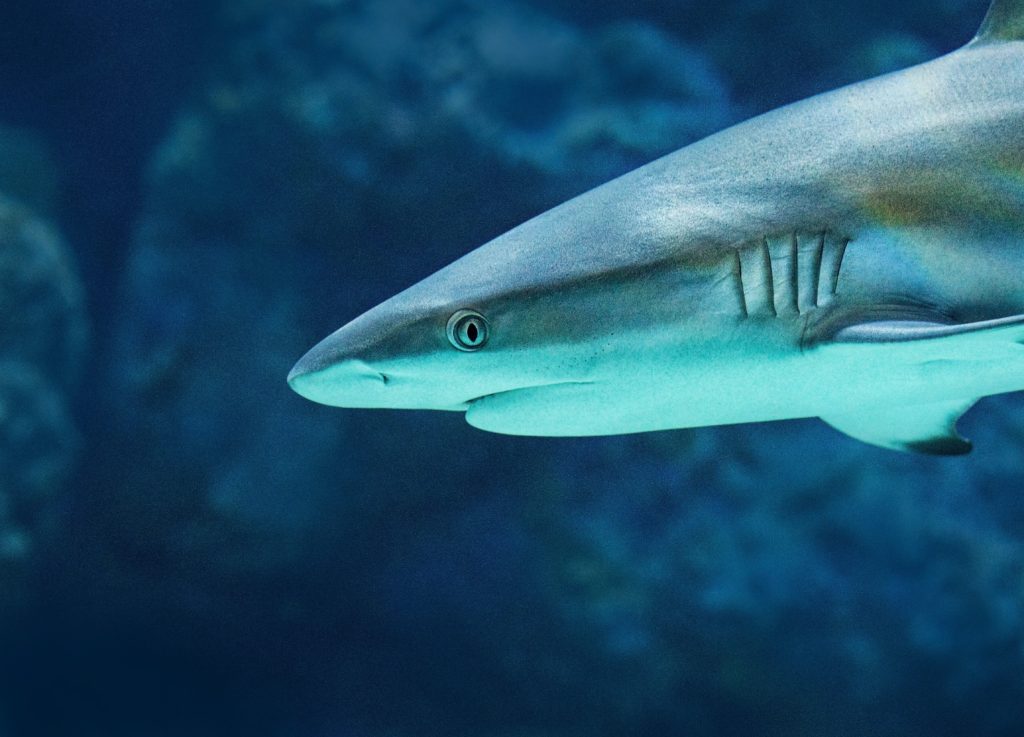
Some researchers dislike the idea that sharks mistake us for prey. It gives the impression that they are not smart creatures.
However many species are known to have complex social behaviours and communicate using body language.
Instead they suggest that the reason sharks may act in an aggressive manner towards humans is that they view us as competition. Aggressive postures are their warning to us and when we ignore them they lash out. This behaviour has even been reported in studies.
As divers we can learn to recognise this behaviour and respect it. If a shark wants to be left alone then don’t chase it. Diving in bigger groups and staying close together also reduces the chance they will view us as competition.
The effects of Jaws are slowly changing. As shark diving gains popularity more and more people are looking for ways to help protect these powerful animals.
One shark alive is worth 314 million dollars annually in the tourism industry compared to about 100 dollars as meat. Realising this value in some areas has lead to marine protected zones and fishing bans.
For many, the only chance to see a shark is swimming/diving with it in its natural habitat as they tend to die very quickly in captivity. The change in environment can cause them to stop eating or swim into walls.
However, this is a very good thing for shark perception as in their habitats it is easier to see exaclty why these missundersttod creatures are more like us than we know.
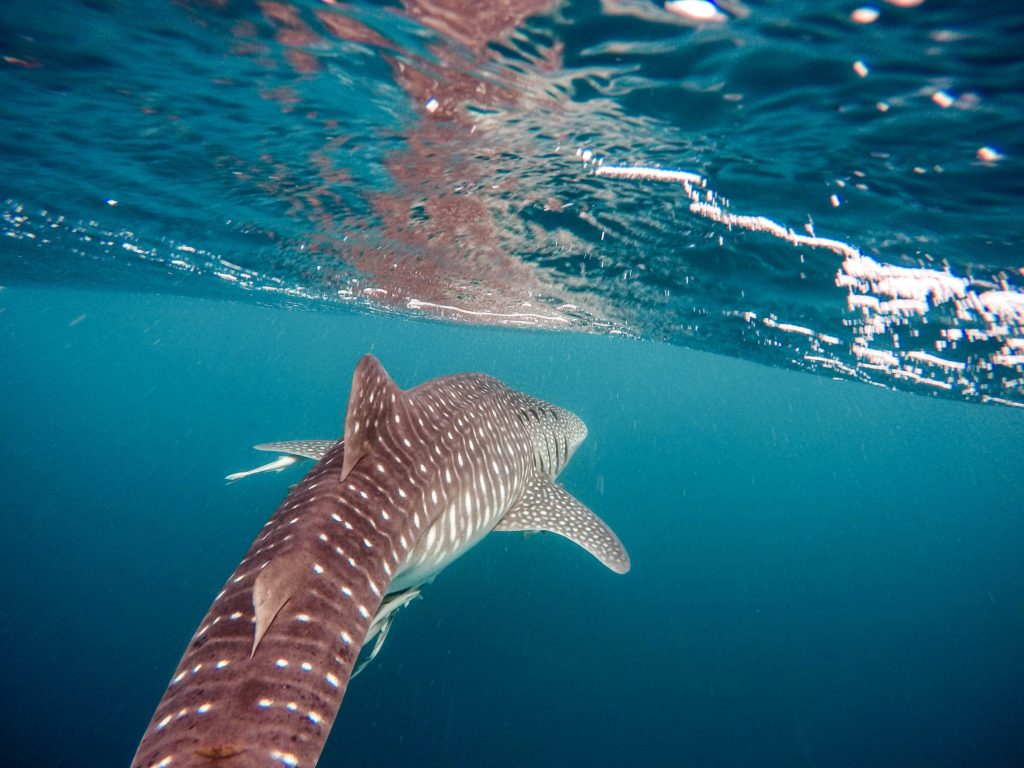
Make sure you make minimal disruptions/movement and don’t touch, feed or chase the sharks and remember it’s the ocean not a zoo, there may be a chance you don’t see one at all.
Also make sure when you do take the step to go diving with some of the more aggressive sharks (bull, tiger, great white) you do so with an experienced team. These guys will know the behavioral patterns of certain species, genders, and groups of their area and therefore you will be in a lot more stable hands.
Diving with sharks has some risks but there are definitely steps you can take to reduce those chances. Maybe even have a little more understanding between one another.
If you have any opinions on this article or think you have more information to contribute please don’t hesitate to leave a comment below.
Sign Up for updates straight to your inbox! Woohoo!